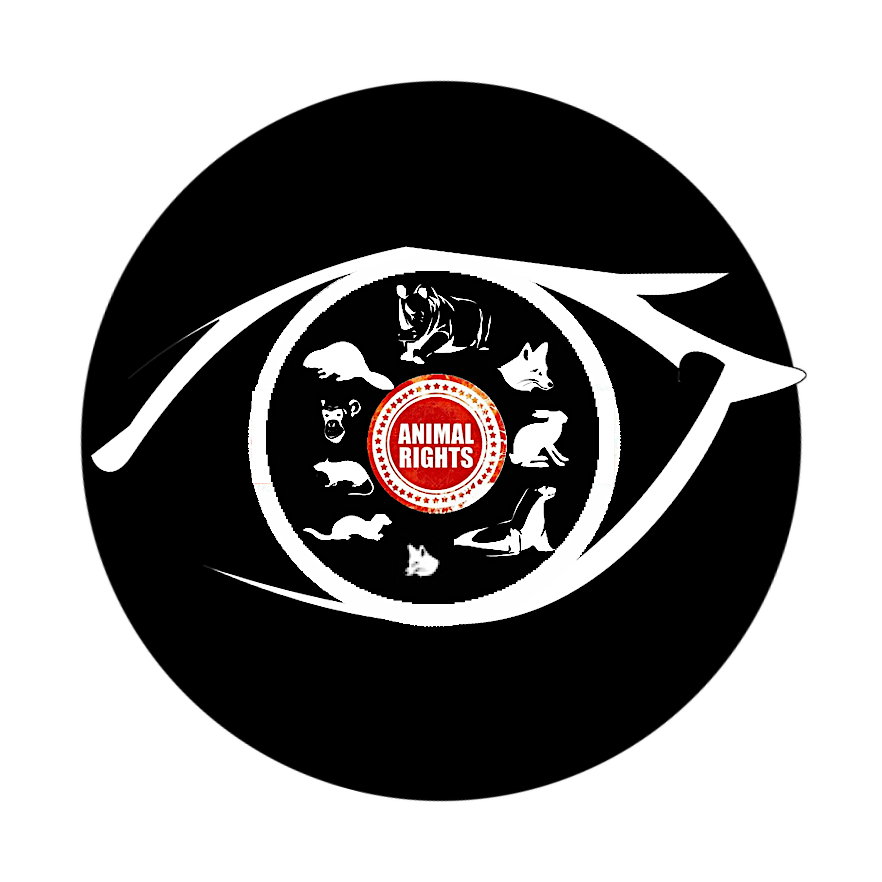‘We all connected over Flaco’: Artists turn beloved animals into symbols of their U.S. cities
Those behind Flaco's memorials see a particular resonance in city wildlife. People feel this helplessness on a personal level. There are parallels for us as humans: What is our true nature? Is it being behind a screen 10, 12 hours a day? Is it being in a fluorescent lighting office building 40 hours plus a week? Flaco struggled at first but eventually triumphed: He found his goldmine, the oak tree over by the compost heap. Ultimately, he became a symbol of liberation.
MATTHEW CANTOR: Working near Central Park, one New Yorker regularly witnessed one of its most beloved residents: Flaco the owl, who became a celebrity after escaping the nearby zoo. The woman took the bird’s message to heart, re-evaluated her life and decided to quit her job. Now, she’s one of dozens with a Flaco tattoo. “They’ll be walking around the rest of their lives, that name and owl on their arm,” says Duke Riley, an environmental artist…
A month earlier, the bird’s well-wishers had gathered in Central Park for a memorial service, featuring speeches, poetry and music inspired by him. It was the second Central Park owl memorial service in three years – in 2021, the death of a barred owl named Barry also drew mourners to the park. In between, 6,000 people met at Los Angeles’s Greek Theatre in Griffith Park to celebrate the life of P-22, the park’s beloved mountain lion, at an event that sold out in hours.
Wild animal celebrities have long existed – and been memorialized – worldwide, from Huberta the Hippo, who was taxidermied after poachers killed her in 1931, to Cecil the Lion, whose 2015 death at the hands of an American hunter prompted international tributes. But for America’s urban wildlife, the past few years seem to have inspired particular devotion…
Those behind the memorials see a particular resonance in city wildlife. Riley says as the climate crisis continues, “people feel this helplessness on a personal level”. So when nature defies our efforts to control it, there’s something “cathartic and beautiful and poetic about that”…
That was certainly the case with Flaco, a Eurasian eagle owl who spent most of his 13 years in the Central Park Zoo, before someone cut open his enclosure in February 2023. At first, the zoo tried to recapture him, fearing for his safety in the wild. But as any New Yorker knows, there are plenty of rats to eat in Central Park, and Flaco spent a year as a free bird.
He died this February in a collision with a building – though he was also suffering from rat poison and a pigeon virus. Barry, too, had a possibly lethal amount of rat poison in her body when she died in a collision with a maintenance vehicle; the poison may have affected her flying ability.
But their deaths only strengthened their bonds with the city. They may have been different species, but their experiences felt familiar. “I think there are a lot of people that relate to the owl’s experience on a human level, that are struggling to get by in this town,” Riley says. “You’re trying to scratch out a little bit of freedom in a town where people are often sitting in a cubicle all day.”
Breanne Delgado, who officiated the memorial for Flaco, agrees we all share a similar struggle. As the world was reopening to humans, it also opened for the once-captive Flaco. “It just really made me think about the parallels to this moment for us as humans, right: what is our true nature? Is it being behind a screen 10, 12 hours a day? Is it being in a fluorescent lighting office building 40 hours plus a week?” Flaco struggled at first but eventually triumphed: “He found his goldmine, the oak tree over by the compost heap,” where rats were abundant. Ultimately, he became a “symbol of liberation”. SOURCE…
RELATED VIDEOS:

